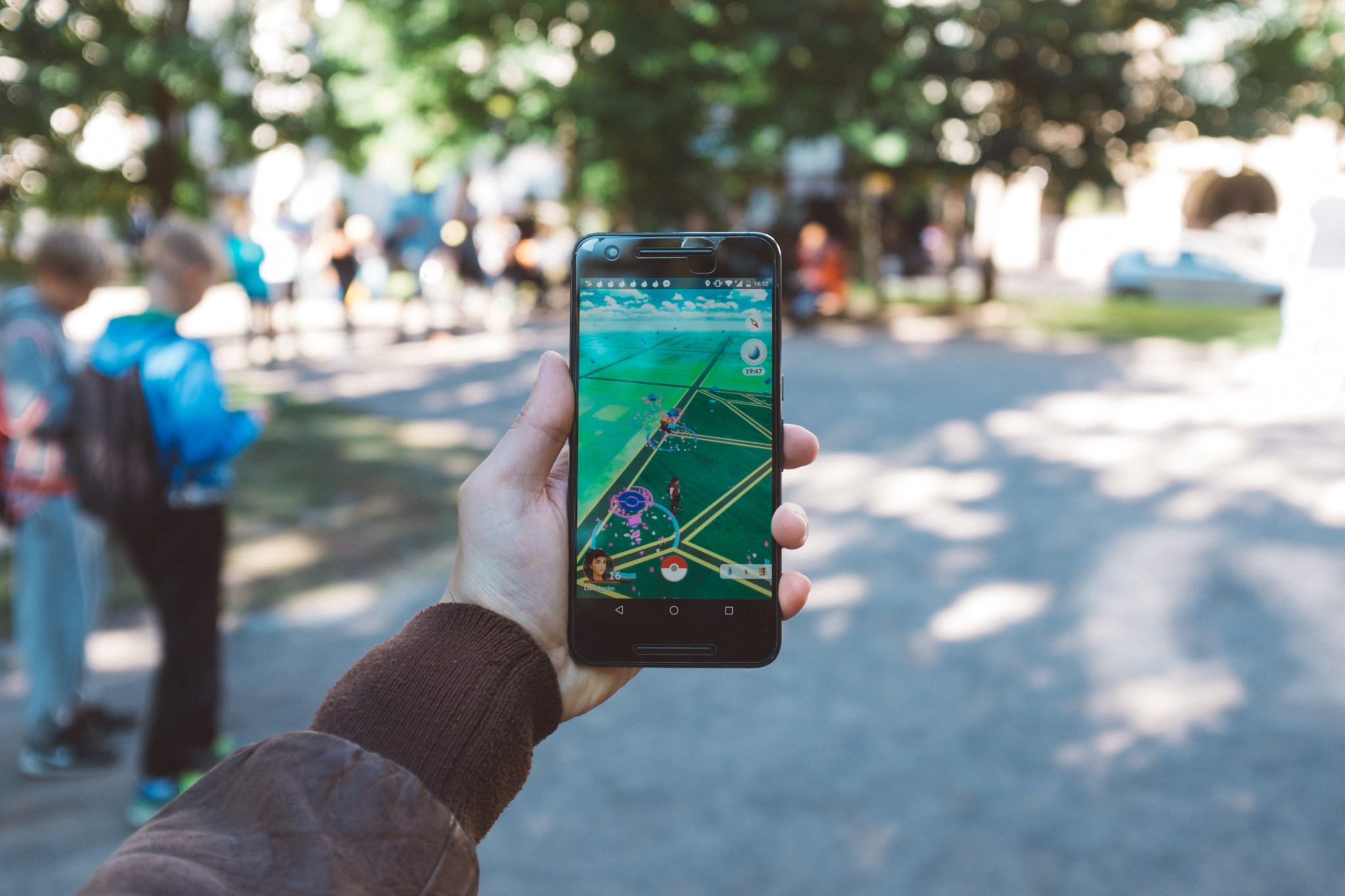Richard Robinson, General Manager of LeadFamly UK, explains what gamification is, and how it can be useful to us as marketers.
When I started my career, marketing seemed pretty straight forward. You knew who your audience was and where to find them, so you spent most of the time working on the messaging. At that time, in the UK there were four TV channels, only two of which were commercial, so finding consumers was not that tough.
I know that it is trite to say, but the world has very much changed. Today, consumers are in control. They decide what to consume, when, and how. As marketers, we have to not only redefine who our audiences are, and what the right messages are to engage them, but also navigate the myriad of channels, platforms, and devices to find them. That said, if you get it right, you can transform the way you engage with your audience.
We believe that there is one approach, older than marketing itself, that can help you achieve this. Gamification in marketing has proven to be a powerful method to reach levels of engagement, interaction, and involvement that is impossible for other marketing techniques to get close to.
But what is “gamification”? At LeadFamly we use this definition: gamification is the application of game design elements and game principles in non-game contexts.


